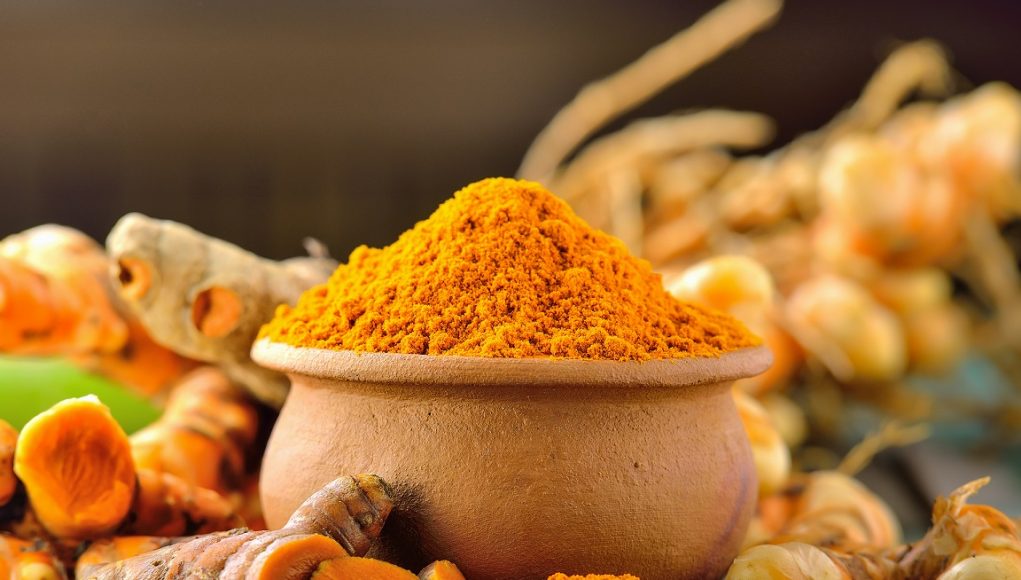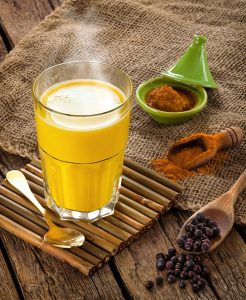Turmeric: India’s Super Herb!
Turmeric, locally known as ‘haldi’ or ‘manja’, is intrinsic to India and today, modern medicine is discovering its many benefits
The origins of the use of turmeric date back to the Vedic Age. That familiar warm, spicy fragrance and dazzling golden orange root is well known to Indians among whom the daily consumption averages 1–2 grams per head!
As the ‘Queen of Spices’, turmeric is a symbol of prosperity, fertility and purity. This root plant has been used as a culinary spice, herbal medicine and fabric dye for millennia.
Native to south west India, its medicinal prowess has been long recognized in South Asia, and its importance in Ayurveda and Chinese medicine remains unparalleled for more than 4,000 years. Not surprisingly, modern medicine’s tryst with this natural healer is a comparatively recent phenomenon.
Turmeric is made up of bio-active elements that lend it medicinal value. Curcumin, an extract of turmeric (2%-5% of weight), is used in treatment. The unbeatable medical advantage it holds is that there are, literally, no side effects to its use.
The unique healing benefits of curcumin not only match that of pharmaceutical medicine, (in certain cases) it has been recognized as more beneficial than prescription drugs.
Turmeric is packed with a range of minerals, nutrients and vitamins namely Vitamin C, E, & K, dietary fiber, potassium, niacin, calcium, iron, copper, zinc and magnesium.
Properties of Turmeric
- Anti-oxidant – neutralizes free radicals and stimulates the body’s natural antioxidants
- Anti-coagulant
- Anti-viral
- Anti-bacterial and anti-fungal agent
- Anti-carcinogenic
- Anti-inflammatory – lingering low-level inflammation is a noted cause for Western diseases. Turmeric’s ability to prevent and reverse disease is attributed to this property
- Anti-mutagenic
- Antiseptic and disinfectant
- Enhances cell signaling and cell cycle mechanisms
- Pain relief (activates the opioid system, our body’s in-built pain reliever)
- Regulates blood sugar and blood fat levels
- Immuno-regulation
- Stimulates detoxification
- Weight management (assists in the breakdown dietary fat)
- Lowers risk of brain disease, effective in delaying age-related limitations
- Reduces tumor size and kills cancer cells
 Uses of Turmeric in Modern Medicine
Uses of Turmeric in Modern Medicine
Over 6,000 research papers have investigated, proven and fully acknowledged the wide-ranging health benefits of turmeric. Modern medicine is harnessing this potential to supplement the treatment of:
- Heart disease, bypass surgery, high cholesterol
- Cancer and chemotherapy (prostrate, pancreas, mouth, tongue, colon, cervix and breast)
- Metabolic syndrome, heartburn
- Alzheimer’s and other degenerative conditions (aids removal of plaque buildup, improves oxygen flow)
- Arthritis
- Hemorrhage
- Diarrhea, intestinal gas, stomach bloating, loss of appetite, stomach ulcers, irritable bowel syndrome (IBS)
- Jaundice, liver problems, gall bladder disorders (as a natural detoxifier, it purifies blood by stimulating vital enzymes)
- Urinary bladder inflammation, kidney problems
- Skin conditions, inflammation from radiation, itchiness
- Acne, sores, leech bite
- Fever and fatigue
- Bronchitis, colds, lung infections, tuberculosis
- Fibromyalgia
- Leprosy
- Menstrual irregularities
- Post-surgery recovery
- Mild depression (it boosts neurotransmitters like serotonin and dopamine)
- Water retention
- Auto-immune disease
- Ringworm
- Sprain and swelling
- Increases the effect of diabetes medication
- Healing wounds and related infection
- Acne, skin sores, leech bites
- Gum disease.
One study revealed the role of stress in altering turmeric’s health benefits when it observed that lowered blood triglycerides levels (after consuming turmeric) were received only when the subject remained relaxed.
As we don’t easily absorb curcumin, consuming it with other spices helps. Its effects are best felt when it is had with pepper, as the latter enhances curcumin absorption by 2,000%.


















































